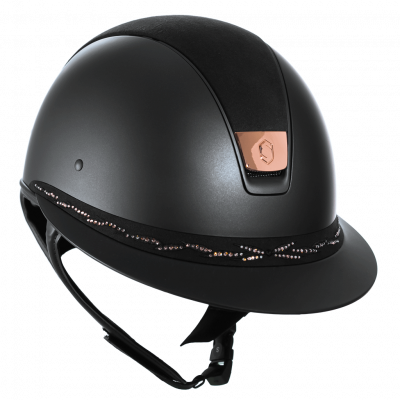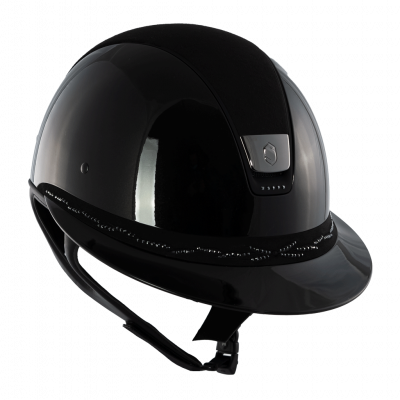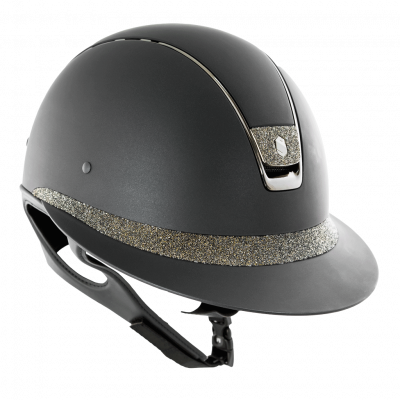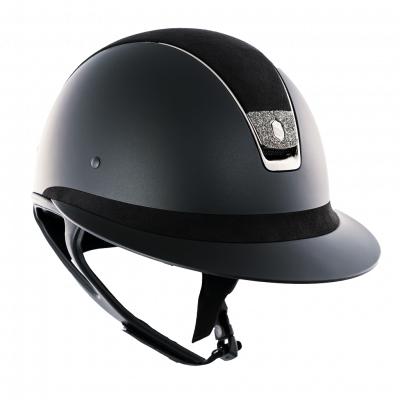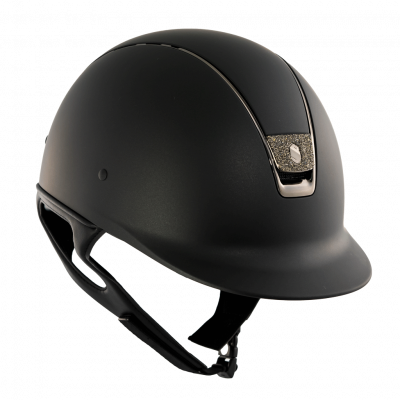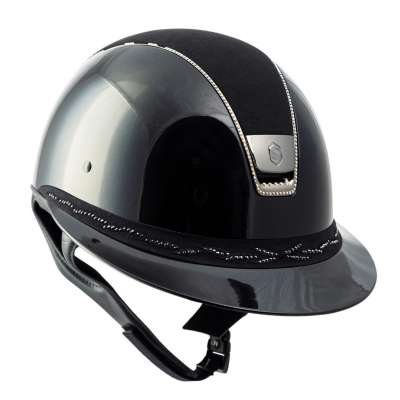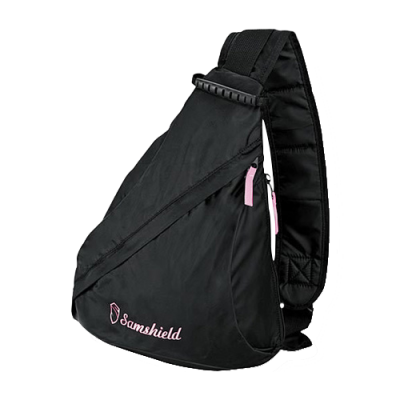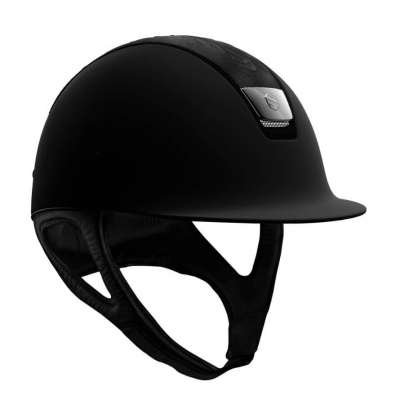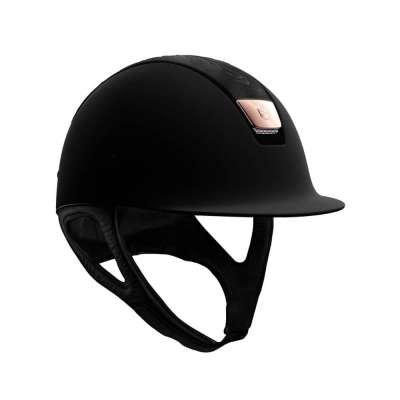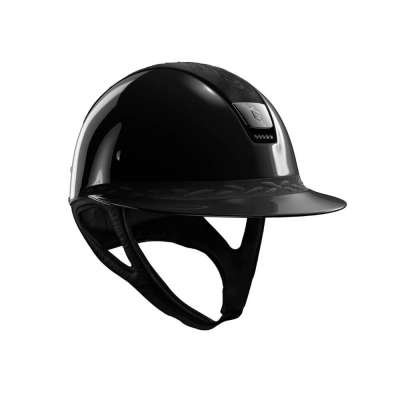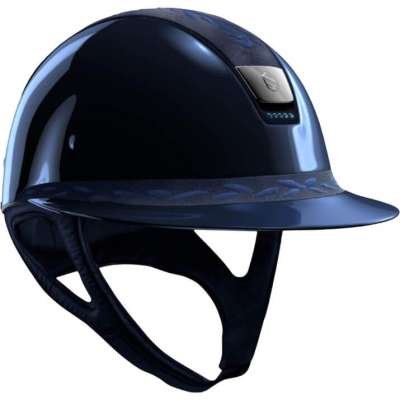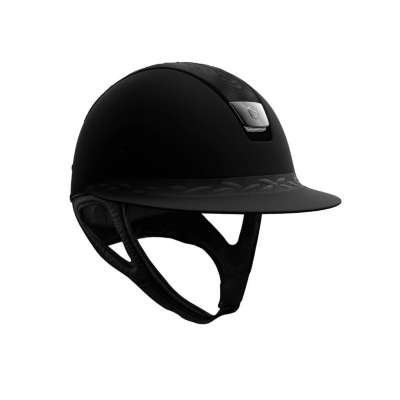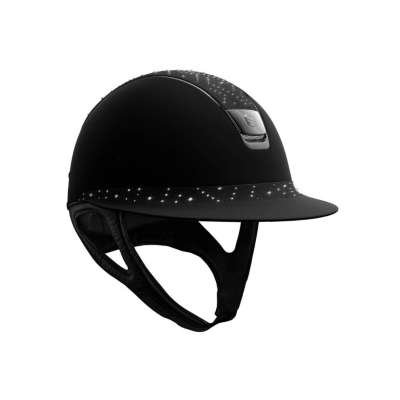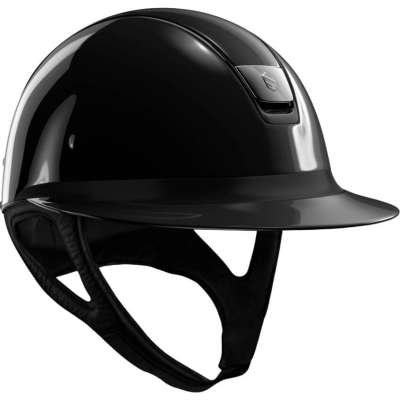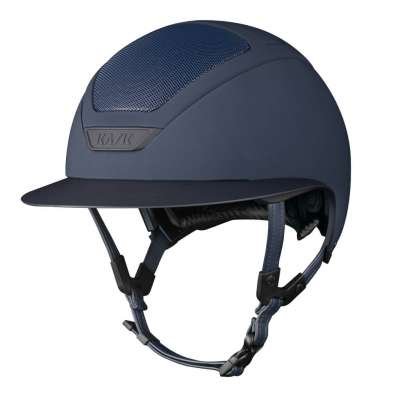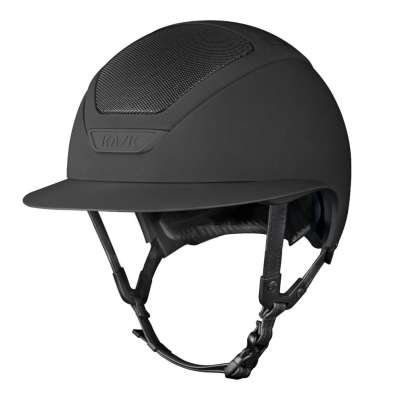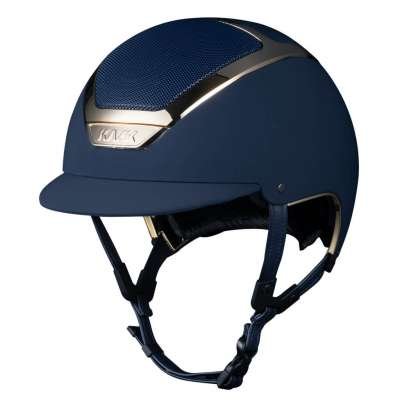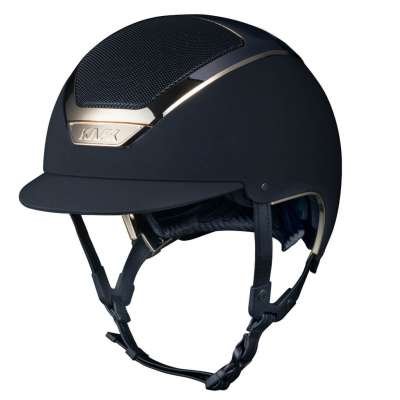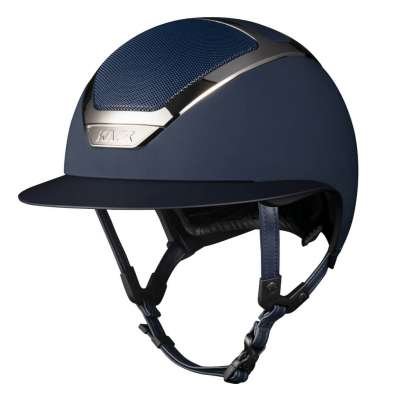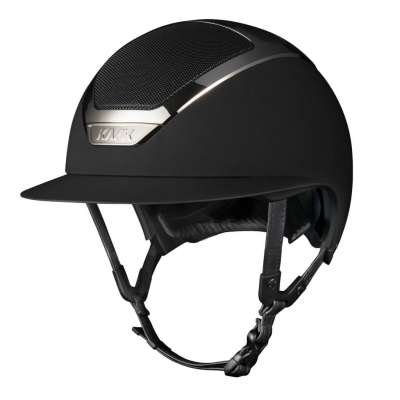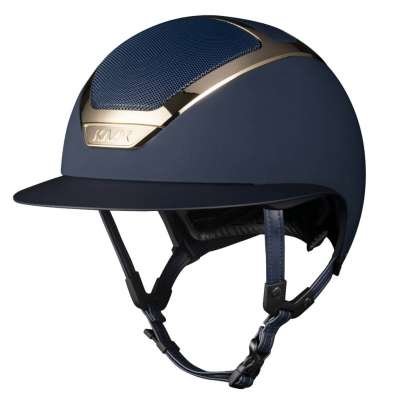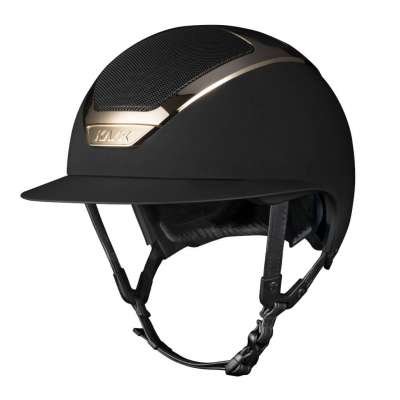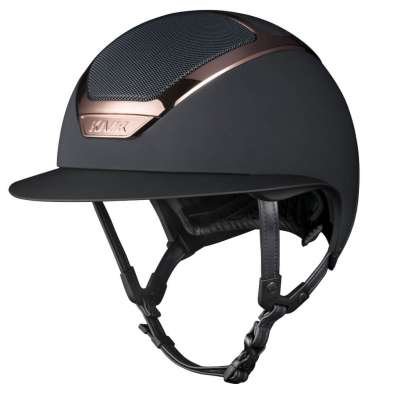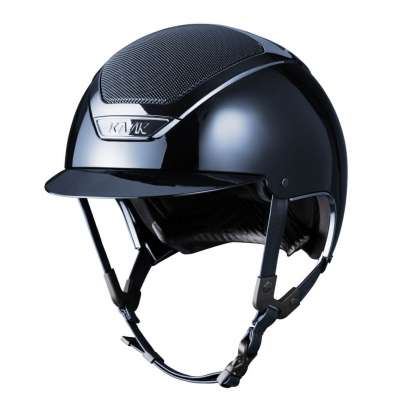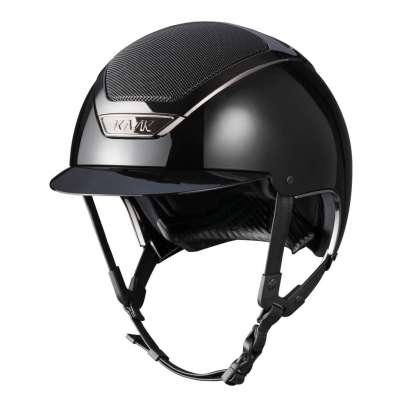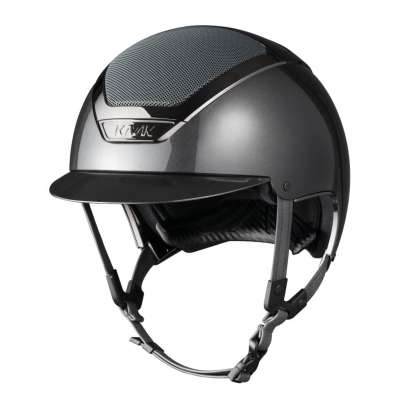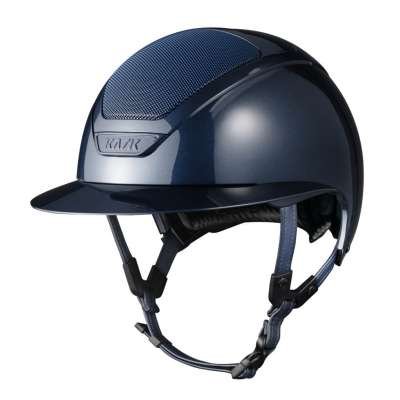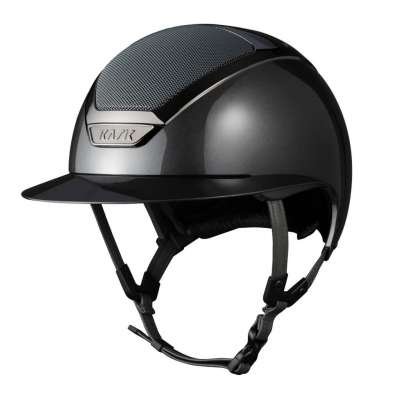Riding Helmets
(479)A riding helmet is an indispensable part of the equestrian equipment. While helmets complement an exquisite outfit, they also serve as a representative... Learn more
Frequently asked questions about Riding Helmets
There is no blanket answer to this question, because depending on the different visual and functional desires and demands, opinions vary. The first thing to look out for is the current European safety standard and the perfect fit for your head. A riding helmet, which possibly pinches and tweaks on the head of a third person, may fit optimally on your own. Fit and safety should always be the first priority.
The answer to this question is highly dependent on your head shape and preferred look. Whether oval, round, small or large, there are suitable riding helmets for every head. It is advisable to try the helmet before the purchase in order to find out which brand is the most suitable for you. Depending on the riding discipline, the visual factor is of course a decisive point, even if it should only play a minor role. There is now a wide selection of simple to fancy decorated and sparkling riding helmets in all colors.
Depending on the intensity of use, as well as the area of application, even damage-free riding helmets should be replaced after a few years. Usually, a period of 3 to 5 years at the most applies. Riding helmets used by children in particular are often exposed to greater stresses, as they have to absorb more shocks even when they are not being ridden. After a fall or a heavy blow, the helmet should be replaced immediately, as 100% protection can no longer be guaranteed. Likewise, a newer model should be considered if the old helmet no longer fits perfectly. Especially for young adolescents, the fit should be checked regularly with regard to the size and the riding helmet or the inlay should be replaced in time.
The prices for riding helmets are as varied as their designs and versions. The prices range from affordable riding helmets starting at about 50 € to standard models at about 300 € to luxury models for about 1,600 €. The quality does not always have anything to do with the price. What is a "good" riding helmet is also a subjective perception, as not every head fits every brand and every model and the designs do not appeal to everyone equally. Therefore, price should only play a subordinate role when buying a riding helmet. However, the test seal, the fit, the functions and, last but not least, the individual's own visual preference play a considerable role when purchasing a riding helmet.
The correct riding helmet size can be determined by simply measuring with a tape measure. The tape measure is placed in the middle of the skull so that the tape lies directly above the ears and ends on the forehead - approx. 1.5 cm above the eyebrows. The measurements of an adult person are typically between 50 and 60 cm. If you are unsure, it is advisable to order two sizes (or two different large inlays) or to have your head measured by an employee in your local shop.
A riding helmet may under no circumstances fit too loosely. If it does, it may even do more harm than good. You can easily test whether a riding helmet is tight enough by alternately rotating your head quickly to the left and right with the chin buckle open. If the riding helmet remains firmly on the head during this test, it is tight enough. If it does not pinch or cause headaches, it is a perfect fit. If it slips or even falls off the head, the helmet is definitely too big. To be sure, it would be best to wear the riding helmet for a longer period of time when trying it on. When closing the riding helmet, the chin strap should be fastened tightly enough, otherwise you run the risk of the helmet slipping upwards and backwards in the event of a fall and strangulating yourself with the closed chin strap. Not every head shape fits every model, as the shells are shaped differently (more oval or rounder). Here, it is important to prioritise your own safety over brand affinity.
The human brain is very vulnerable to shocks, knocks or even rotations. Even slight impacts can quickly lead to headaches. In the case of a fall from a horse, the oblique direction of the fall, the high speed, as well as the strong impact of the rider often cause severe, lasting damage. Craniocerebral trauma, lacerations or even fractures of the skull are unfortunately not uncommon as a result of such riding accidents. A riding helmet offers the necessary safety to be able to pursue the passion for equestrian sport for a lifetime. Riding helmets are part of the standard equipment of every rider. Manufacturers have specialised in offering their customers the greatest possible variety of products with many customisation options. In this way, the helmet has already developed into a real fashion accessory.
Beginners should consider a well-fitting, safe riding helmet. Since falling cannot be completely ruled out, especially at the beginning of the riding career, the riding helmet should meet the highest safety standards. If the beginner is still growing, a size-adjustable riding helmet with an adjustment wheel or a riding helmet with a replaceable inlay is a good choice, as this allows the riding helmet to "grow" from day to day.
Of course, it is generally possible to buy a used riding helmet from a third party or to take over the old one from friends or acquaintances. However, there are some factors that must be taken into account, which are usually difficult to fulfil and make the purchase of a new riding helmet unavoidable in most cases. On the one hand, the riding helmet must be absolutely fall- and impact-free. Secondly, the riding helmet must fit snugly enough on the head so that it neither pinches nor slips. If these conditions are not met, protection cannot be guaranteed. In addition, the general replacement period of 3-5 years must be observed. The shock-absorbing effect of every helmet decreases over the years, so that a new purchase should be considered after only 5 years. If the used helmet you have bought is too old, you should consider buying a new one.
When cleaning a helmet, one must differentiate between internal and external cleaning. The helmet shell is best cleaned with a damp, soft cloth. No scratchy or hard objects should come into contact with the shell, otherwise scratches may occur. As far as internal cleaning is concerned, many riding helmets are now equipped with inlays. These can be easily removed thanks to integrated Velcro fasteners or several press studs, making them easier and more efficient to wash. Depending on the manufacturer's specifications, some can even be cleaned in the washing machine.
Currently there is the European standard (EN 1384:2012) and the somewhat newer transitional standard: VG01.40 2014-12 2014-12. These standards indicate that the respective riding helmet meets the latest safety standards. The previous standard was already superseded in 2014. If an older standard than the above mentioned can be seen on the riding helmet, it should be replaced immediately with a new helmet after the usual period of use of 3-5 years. Before a helmet can be awarded the newer transitional standard (VG01), it needs to pass five more tests than the factors tested in EN 1384.
Construction of high-quality riding caps
A riding helmet consists of three parts: an outer shell, an inner helmet, and a closure. The outer shell is mainly made of plastic. The variants are strengthened with carbon or polycarbonate to improve the helmets' protective function. This offers the essential headgear in equestrian sports a very tough and thus protective feature. Despite this, the weight is relatively light, ensuring that comfort and protection harmonize. A sun visor is also included on the helmet's outer shell to minimize harmful solar radiation. Since the rider's head comes into contact with the inner helmet, styrofoam is used inside the riding cap to ensure the best protection. The structure of high-quality models is completed by a variety of paddings, which ensures comfort. These operate as a buffer, distributing contact pressure evenly and allowing the riding helmets to fit comfortably with a tight fit. Many brands now feature detachable inlays that can be easily cleaned when sweat accumulates. These inlays also make it possible to achieve a more exact fit for the rider's head. The riding helmet's life is extended thanks to improved hygiene and replaceable inlays. High-quality helmets should fit tightly but not constrictive, and the individual lock settings ensure this.
Functions and properties of a riding helmet
In addition to its representative character, the visually elegant headgear combines comfort, protection, and functional needs. These are as follows:
Safety
Riding sports helmets protect riders from head and cervical spine injuries. A riding helmet works as a buffer in the event of an accident, absorbing some of the impact energy. Aside from providing cushioning in the case of a fall or drop and any subsequent hoof kicks, you also get shielded against undesired contact with branches.
Ventilation
Advanced ventilation systems ensure that the riding helmets do not get too hot. In summer, optimized air circulation ensures that the heat does not build up in the helmet when riding outside or indoor. Instead, it is redirected to the outside. With adequately placed vents, almost all accessible models efficiently implement air exchange and cooling inside the helmet. This is especially important for people who sweat a lot.
Material and type of riding helmet
Equestrian helmets feature an impact-resistant plastic outer shell and a shock-resistant inner component. The outer surface of a classic horse riding helmet is partly covered with a velvety fabric in blue or black. Fiberglass products are incredibly light, and this variety is regarded as highly stable and easy to maintain.
Shape and design
The design of a high-quality horse riding helmet incorporates fit, comfort, and visual requirements. A model is considered to fit if it is tight and does not slip. The foam and cloth comfort padding adapts to the individual head shape over time, ensuring a comfortable fit. Every equestrian riding helmet is a real eye-catcher, thanks to our wide range of colors, designs, materials, and decorations. In terms of the aesthetics of the riding helmet, you can choose between a matt or chrome-plated version. Sports helmets come in various shapes and designs, depending on their intended application and riding discipline: Military helmets are used for eventing, while classic riding helmets are used for jumping, leisure, hunting, and dressage. The absence of a hard visor distinguishes the military helmet from the classic model. In race riding, on the other hand, riders wear caps with racing colors when competing. We provide models with dressage necklines from well-known brands to perfectly integrate longer hair into the riding attire.
Riding helmets with glitter
Sparkly helmets add a unique visual element: Stylish glitter applications are highly popular and offer the models that elegant feature. The eye-catchers are ideal as part of a brilliant look. We implement Swarovski or rhinestone applications. The sparkling embellishments range from the current glitter top to the more subtle stone-encrusted blazon. Of course, the glittering rider helmets do more than look fantastic; they also provide protection: The versions are shock and impact-resistant, and they protect riders from serious injury if they fall.
Choosing the right sized riding helmet
To determine the required size, use a tape measure to measure the circumference of the head. The apparent value in cm corresponds to the appropriate riding helmet sizes. If your values are on the borderline between two sizes, it is preferable to order both and subsequently return one of the helmets or inlays.
Buy horse riding helmets from leading brands for women, men and children
We are delighted to assist ladies, men, and children in finding the ideal helmet for rides and tournaments with their beloved horses. Quality equestrian riding helmets, saddle and leg protection provide the cornerstone for safe riding in this environment. In our store you can get the appropriate head protection from the following well-known suppliers.
Back on Track helmets
Back on Track was established in the year 2000. The company creates thermally efficient functional textiles as well as joint and muscle protectors made of unique ceramic fabric. The practical advantages of Back on Track helmets are highlighted by the enhanced fit, the reliable MIPS (Brain Protection System), and the easy care.
Charles Owen helmets
For over a century, discerning horse enthusiasts have worn riding helmets and riding caps from Charles Owen. Their well-known motto, "For a safer world," has been implemented since 1911. Due to the handcrafted quality, Charles Owen serves as a purveyor to the British royal family. The cornerstones of continued success are innovation and technology as well as consistent development work in the field of equestrian safety. For maximum comfort, take advantage of the brand's enhanced sun protection and optimal air circulation. In a beautiful interplay, traditional style meets high-quality protection.
GPA helmets
This French firm proudly declares itself a "safety legend." When it comes to the most satisfactory protection in equestrian activity, GPA can count on the approval of its customers. The "First Lady 2x" model sets the bar as the first horse riding helmet designed specifically for women. Their elegance and cutting-edge technology distinguish these custom-made helmets. The provider optimizes its improvements regularly to maintain the design and stability of the product.
Samshield helmet
Samshield is the second French brand from which we sell horse riding helmets and caps in our online store. Janne Friederike Meyer-Zimmermann, an internationally successful professional show jumper, is Samshield's brand ambassador. Thanks to a secure hold, an ideal fit, water-repellent materials, and optical enhancements, Samshield's rider helmets stand out from the rest.
Kask helmets
Kask, a young, dynamic, and ambitious Italian company founded in 2004, presents itself with a lot of vigor. The company immediately rose to prominence as a leading provider of modern equestrian riding helmets, with its outstanding reputation stemming from a combination of experience and high standards. Engineers specialize in blending function, safety, and aesthetics, offering a subtle and sophisticated grace to the helmets. In the world of equestrian sport, the brand represents harmony and beauty.
KEP helmet
KEP is also based in Italy, with its products certified worldwide. The target demographic for KEP is modern and demanding equestrian enthusiasts. It scores with a unique, proven worldwide technology in addition to an optimal fit, intricate comfort, and remarkable design. KEP offers comprehensive solutions at the highest level, whether it's an innovative ventilation system that adapts to the ambient temperature, kids' helmets, or aesthetically conventional riding caps with an original touch.
Pikeur helmets
Pikeur is the Olympic Games' official equestrian supplier, with numerous teams competing in international tournaments, global and European championships wearing the brand. Choose a headgear from this well-known company if you value reputation, image, and safety-oriented quality.
What you should watch out for when wearing a riding helmet
The following information will assist you in customizing the helmets to your requirements. Always consider the following factors while selecting a high-quality helmet to complement your riding attire:
Position
The helmet should be positioned horizontally on the head to sit correctly and comfortably. The forehead is optimally protected when the headgear is not too close to the back of the head. The ears being in the triangle of the straps also indicates that the equestrian helmet is fitted correctly.
Flexibility
Everyone has physical peculiarities. High-quality products respond to this by providing for delicate height and breadth adjustments. Adjust the riding helmet to ensure that it is secure but not uncomfortable. Chin straps should be firm and always closed when riding.
Control
The helmet fits securely when properly positioned and fastened. Before the ride, gently shake your head with the chin strap open to see if the selected modifications are working. The helmet must remain in place regardless of head movements. Helmets are only as safe as they are if the specific settings are correct. Allow enough time for the exquisite headgear to fit comfortably and securely.
Air circulation
It's best to find an equestrian helmet with a ventilation system that manages the temperature well as it can get quite warm.
Riding helmets for children
For children, the five-year durability of a riding helmet usually does not apply: a new helmet must be bought when the current model has become too small, presses uncomfortably and thus simply no longer fits. This is the only way riding clothes for boys and girls can ensure maximum safety. Determining the size of a kids's riding helmet is no different from measuring an adult's helmet. The head size, which is precisely measured with a measuring tape, is assigned to the appropriate shell or inlay size.

